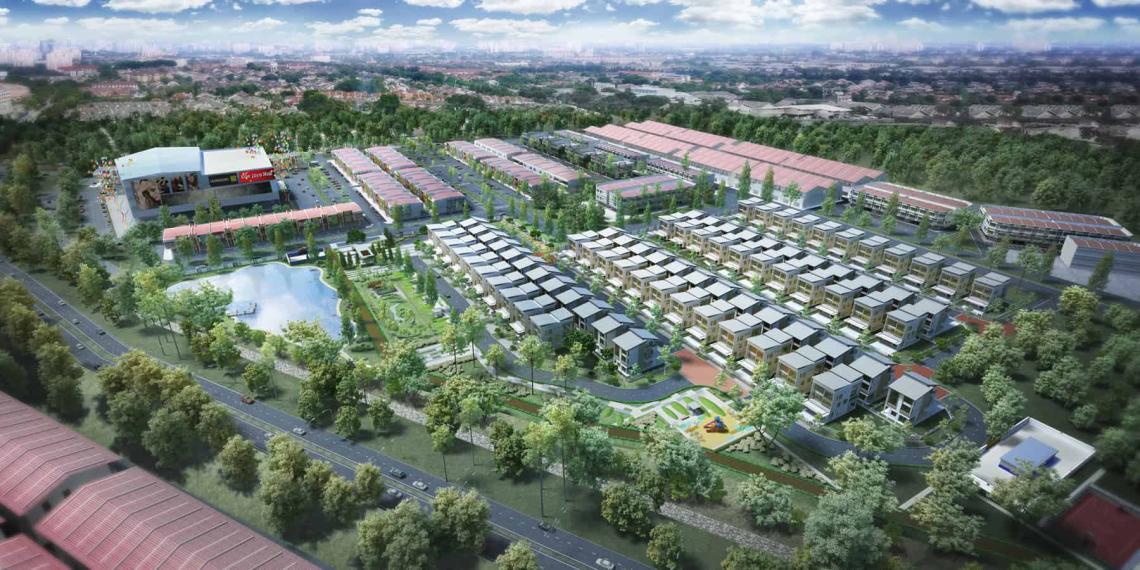How Can Satellite Data Enhance Urban Planning Processes?
As cities continue to grow and evolve, urban planning has become increasingly complex and challenging. Planners are tasked with creating sustainable, livable, and resilient cities that meet the needs of a growing population. Satellite data has emerged as a powerful tool that can provide valuable insights and information to support urban planning processes.

Benefits Of Satellite Data In Urban Planning
- Comprehensive Data Collection: Satellite data provides detailed information about land use, vegetation, infrastructure, and other urban features. This comprehensive data enables planners to make informed decisions based on accurate and up-to-date information.
- Temporal and Spatial Analysis: Satellite data allows for monitoring changes over time, enabling planners to track urban growth patterns and land use dynamics. It also provides insights into spatial relationships between different urban elements, helping planners understand the interconnectedness of the city.
- Cost-Effective and Efficient: Satellite data acquisition is relatively cost-effective compared to traditional data collection methods. It can be easily integrated into existing planning workflows, streamlining the planning process and saving time and resources.
- Environmental Monitoring: Satellite data can be used to monitor air quality, water quality, and other environmental parameters. This information helps planners develop sustainable urban development strategies that protect the environment and promote public health.
Applications Of Satellite Data In Urban Planning
- Land Use Planning: Satellite data helps identify suitable areas for residential, commercial, and industrial development. It supports the creation of land use plans that promote efficient and sustainable urban growth, ensuring a balanced distribution of land uses and minimizing conflicts between different activities.
- Transportation Planning: Satellite data can be used to analyze traffic patterns, identify congestion hotspots, and plan new transportation infrastructure. It helps improve connectivity, reduce travel times, and promote sustainable transportation modes, such as public transit and cycling.
- Urban Renewal and Redevelopment: Satellite data can be used to identify blighted areas and plan for urban renewal projects. It supports the creation of vibrant and livable urban environments, improving the quality of life for residents and attracting new businesses and investments.
- Disaster Management: Satellite data can be used to monitor natural disasters, such as floods, earthquakes, and wildfires. It helps planners develop effective disaster preparedness and response strategies, minimizing the impact of disasters on urban communities.
Challenges And Limitations Of Using Satellite Data
- Data Volume and Complexity: Satellite data can be vast and complex, requiring specialized skills and tools for analysis. Planners may need to collaborate with data scientists and GIS experts to extract meaningful insights from the data.
- Data Currency and Accuracy: Satellite data may not always be up-to-date or accurate, especially in rapidly changing urban environments. Planners need to consider data acquisition frequency and resolution when making decisions, and they may need to supplement satellite data with other data sources to ensure accuracy.
- Data Integration and Interoperability: Satellite data may not be easily integrated with other data sources used in urban planning. Planners need to ensure data compatibility and develop effective data integration strategies to create a comprehensive understanding of the urban environment.
Satellite data has the potential to revolutionize urban planning by providing planners with valuable insights and information to make informed decisions. By leveraging the benefits of satellite data, planners can create more sustainable, livable, and resilient cities that meet the needs of a growing population. However, it is important to acknowledge the challenges and limitations associated with satellite data usage and to foster collaboration between planners, data scientists, and GIS experts to harness the full potential of this technology.
As satellite data continues to improve in terms of resolution, accuracy, and accessibility, it is likely to play an increasingly important role in urban planning. Planners who embrace satellite data and develop the skills and knowledge to use it effectively will be well-positioned to create better cities for the future.
YesNo

Leave a Reply